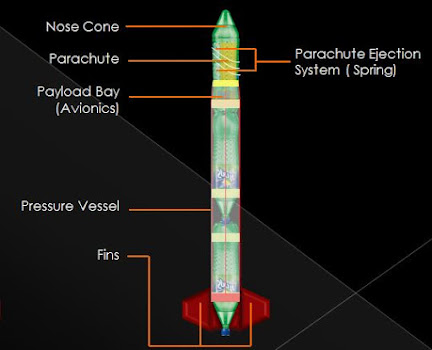NANCY GRACE ROMAN SPACE TELESCOPE
The Universe is a massive mystery up there from the rock ages to the present day , ofcourse we humans have been starving to unlock these mysteries for ages , all the information we have about universe till date is just 5 % of the unknown universe , in observing the universe, space telescopes play a vital role, infact these telescopes act as time machines and enables humans to observe and study how was the universe in its past . You may have heard about the famous hubble telescope renowned both as a vital research tool and a boon for astronomy, followed by next generation telescope called as James webb space telescope which is going to be a biggest benchmark in the field of astronomy. But there is another next generation space telescope which has not gained that much attention compared to the above mentioned telescopes, but when it is launched the astronomy community bets that it is going to be a game changer : NANCY GRACE ROMAN SPACE TELESCOPE :
The project was first proposed in 2010 as Wide-Field Infrared Survey Telescope or [WFIRST] by the United States National Research Council Decadal Survey Committee. The project was approved on February 17th 2016 for development and launch . NASA renamed it as the Nancy Grace Roman Space Telescope in 2020 to commemorate the legacy of Roman who died in 2018.The Roman Space Telescope is named after Nancy Grace Roman, NASA's first chief astronomer.
The Roman Space Telescope is a Infrared space telescope . Roman space telescope will provide a panoramic field of view that is 100 times greater than Hubble's, leading to the first wide-field maps of the universe at space-based resolution.
The major scientific objectives of the Roman Space Telescope:
The Roman Space Telescope measurements will help illuminate the dark energy puzzle. With a better understanding of dark energy , dark matter, search for and image exoplanets, and explore many topics in infrared astrophysics, we will have a better sense of the past and future evolution of the universe.
The Roman Space Telescope will use three different techniques to probe dark energy:
Baryon acoustic oscillation .
Observations of distant supernovae .
Weak gravitational lensing .
The Roman Space Telescope comprises of two major instruments :
The Wide-Field Instrument (WFI) is a 300.8 megapixel camera providing multi-band visible to near-infrared (0.48 to 2.0 micrometers) imaging using one wideband and six narrowband filters. This wide field Instrument enables us to have a 100 times wider view than Hubble telescope
The second instrument is a high contrast coronagraph covering shorter wavelengths (0.5 to 0.8 micrometers) using dual deformable mirror starlight-suppression technology.The Coronagraph Instrument on the Nancy Grace Roman Space Telescope demonstrates technology that allows astronomers to directly image planets in orbit around other stars by drastically reducing the glare from the host star. It will be far more powerful than any other coronagraph ever flown, capable of seeing planets that are almost a billion times fainter than their star.
The launch of the Nancy Grace Roman Space Telescope is expected in 2025 . The development is taking place in NASA's Goddard Space Flight Center. The coronagraph Instrument is being developed in NASA'S Jet Propulsion Laboratory (JPL). The time span of the mission is said to be about 5 years and the cost of the mission is said to be 3.2 billion $ to 3.9 billion $ . The astrophysics community is eagerly waiting for the data form these next generation telescopes which may have answers for many of the mysteries of this massive universe.





Comments
Post a Comment